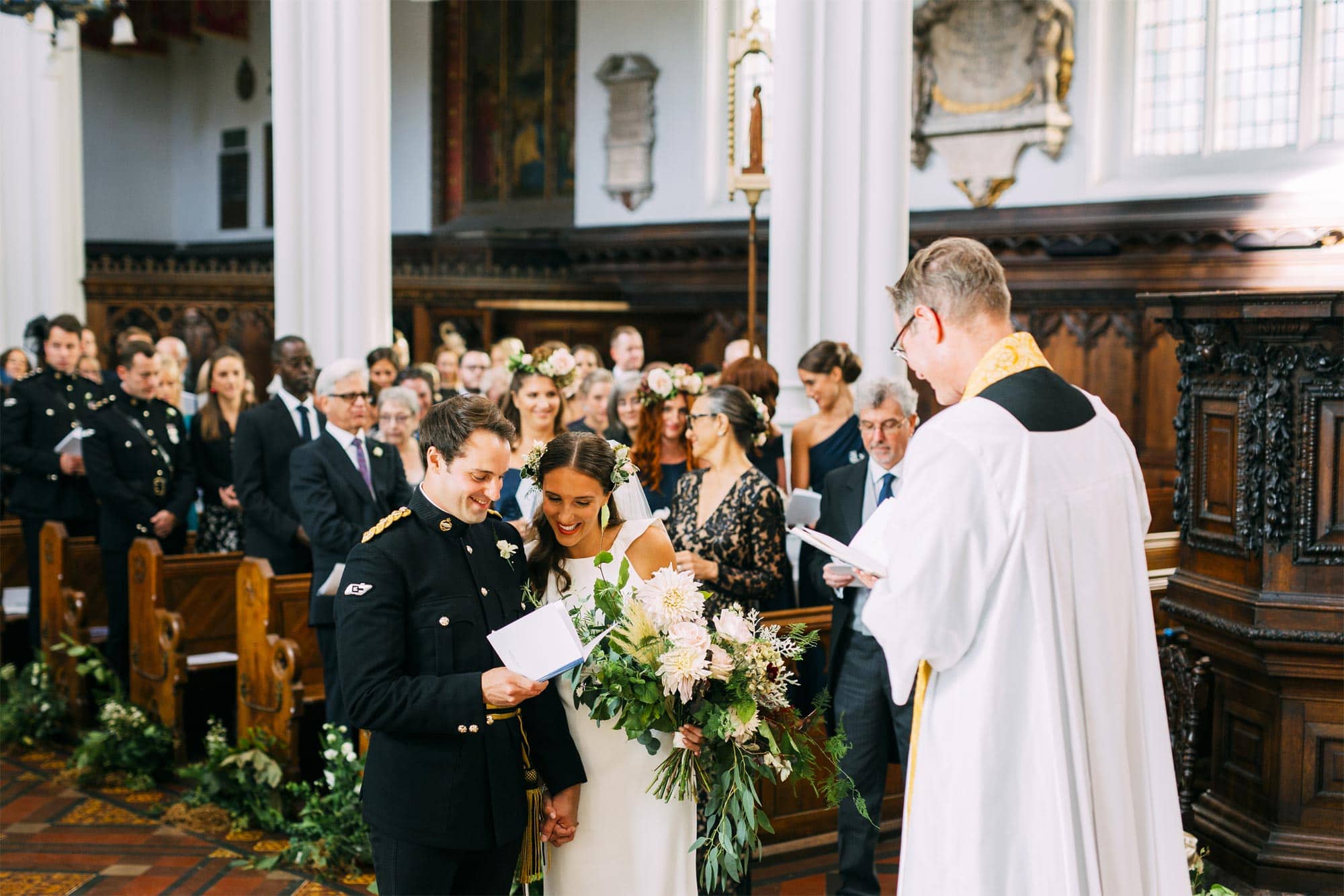Getting married in a church? Read this.
Wedding photography. The clue is in the name – wedding.
You’ve gone through the process of choosing a wedding photographer, and are looking forward to the day and then reliving the emotional moments through the photographs.
You would assume then that every wedding that I photograph includes pictures of the actual wedding part, the bit where you get married.
Unfortunately, this isn’t always the case…

Vicars, priests, celebrants, registrars. The wedding ceremony is their show and they can dictate the rules.
The vast majority are lovely, there are however some who like to make sure the photographer knows their place.
I have been told to stand at the back of the church and hide, I’ve also been told that if anyone hears my camera go off during the ceremony or if I move, then the wedding will be stopped and I’ll be asked to leave.
These rules are fine and I have no problem obeying them.
The problem is, no one ever tells the couple what the rules are and how they could ultimately effect the photographs.
It’s not uncommon for me to tell clients this when we meet (not forgetting at this stage they have booked the venue/church) and they then have to go back to the officiant and find out whether or not pictures are allowed to be taken during the ceremony.
When booking a wedding venue, you can’t assume that the answer will be yes. If the ceremony pictures is a deal breaker for you, then you have to know that sometimes wedding photographers are banned from taking pictures during the wedding ceremony.
There is a secondary issue here and that is where the rules conflict with my style of documentary, candid photography.
Many officials will specify “you can take pictures during the giving of the rings and the kiss, that’s it” – the best moments never happen during these orchestrated moments. I’ve had to let amazing photographs go for fear of being ejected form the premises.
Ultimately, you as the couple are the ones who lose out. It breaks my heart to see a moment go by that I can’t capture, but they’re your memories that I’m not allowed to capture.
Many clients ask ‘should I hire a second photographer‘, particularly in these circumstances where at the very least, the second photographer could capture images from the back, so the you will have some variation.
Check before booking what the rules are of the establishment, get written confirmation if you have to.
Now then, officials also have my sympathy.
Before digital photography there were film cameras. Typically, these things sounded like a barn door closing every time you would take a picture. Film technology got nowhere near digital in terms of the ability to shoot in low light, therefore you needed flash.
Imagine an entire generation of photographers clinking, clunking and flashing during the wedding ceremony and you can see why they might start to get pissed off at us as a collective for creating distractions.
Digital technology hasn’t done much to improve relations.
Whilst we can now shoot silently in near darkness, the problem now is the technology has created potential. Where once shots were impossible in the darkest churches, now they’re no problem. You can move and shoot, get high, get low etc.
This creates a problem, because once you can do something, it then encourages people to try it. This is where I would imagine the conflict occurs. If you’ve been to a wedding this year as a guest, you may have seen this part in action.
I’ve been a guest at three weddings this season and have seen photographers try and get in the pulpit to take pictures, put the camera underneath the hands as rings are exchanged (consider for a second how close you would have to be to do that) and walk across the presbytery/chancel area with no regard for the area in which they are stood.
Wedding photographers travel all over the UK and Europe, the chances of you working at the same church in the same year is much slimmer than it would have been previously. This makes it easier to rationalise bad behaviour, and by that I mean taking pictures when you’re not allowed to. Which elaborates on why trust is so important in the process, not only do you need to trust that I’ll deliver, but also that I’ll behave appropriately. Sounds silly doesn’t it? But I’ve seen photographers get told off, and it’s seriously embarrassing for them, but also a big moment killer for the couple.
Rationalising it with ‘I’ll never see this vicar again, so what’s the problem?’ – the problem arises when the next photographer arrives the following Saturday. By that time the officiant is so pissed that they clamp down and completely ban pictures during the ceremony.
Ultimately everyone loses. The ceremony is one of the most emotionally charged parts of the day, emotions reach never before experienced heights, the pictures can be amazing.
Couples – check that pictures can be taken and also ask where the photographer is allowed to stand.
Photographers – don’t be an arse, think of the next person.
BUT – now you know, and the next step would be to exit the church for Confetti! Luckily I’ve got some tips for you.
Further reading, I’ve put together some top tips for you to show how certain decisions affect the outcome of your photographs which will hopefully help with your planning, check it out. For those of you planning an outdoor ceremony under a Pagoda, have a red of this.
